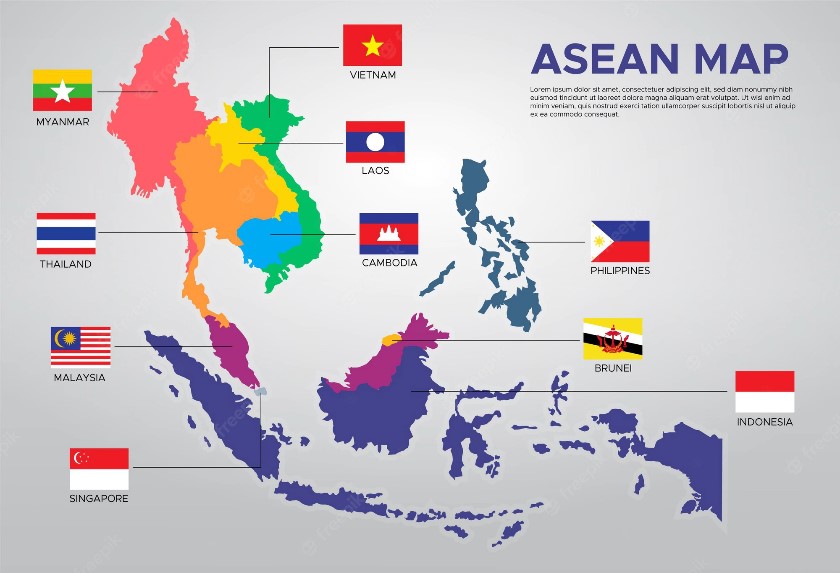1) Black death: The term Black Death refers to the bubonic plague that spread across Western Asia, Northern Africa, Middle East and Europe in 1346-53 and is the biggest pandemic in history.
- The bacteria Y. pestis spread to human populations, who at some point transmitted it to others either through the vector of a human flea or directly through the respiratory system.
- Contemporaries often described the buboes (hard, inflamed lymph nodes) as the distinguishing clinical feature. It is also referred to the disease in 1348 as the ‘mortal disease of buboes’ and ‘pestilence of buboes’.
- Now, its origin is being traced to Kyrgyzstan.
2) Champaner Pavagadh: Champaner-Pavagadh Archaeological Park, a UNESCO World Heritage Site, is located in Panchmahal district in Gujarat, India.
- It is located around the historical city of Champaner, a city which was built by Sultan Mahmud Begada of Gujarat.
- The Pavagadh hill composed of reddish-yellow coloured stone formation is one of the oldest rock formations in India
- There are temples of nagara style as well as fortified monuments and mosques. The most important mosques among them is the Jama Masjid which represents a perfect combination of Hindu-Moslem architecture.
3) ASEAN: The Association of Southeast Asian Nations is a regional organization which was established to promote political and social stability amid rising tensions among the Asia-Pacific’s post-colonial states.
- The motto of ASEAN is “One Vision, One Identity, One Community
- Headquarter: Jakarta, Indonesia.
- 1967 – ASEAN was established with the signing of the ASEAN Declaration (Bangkok Declaration) by its founding fathers.
4) Urban heat island: Urban heat island may be defined as the local and temporary phenomenon in which certain pockets within a city are experiencing higher heat load than its surrounding area.
- This rise of heat basically happens due to buildings and houses of cities made up of concrete where the heat is trapped and not able to dissipate easily.
5) Twin cyclones: The symmetric tropical cyclones on either side of the equator are known as Twin Cyclones.
- For example Cyclone Asani in the northern hemisphere and Cyclone Karim in southern hemisphere.
- The interplay of the wind and the monsoon system combined with the Earth system produces these synchronous cyclones.

Leave a Comment